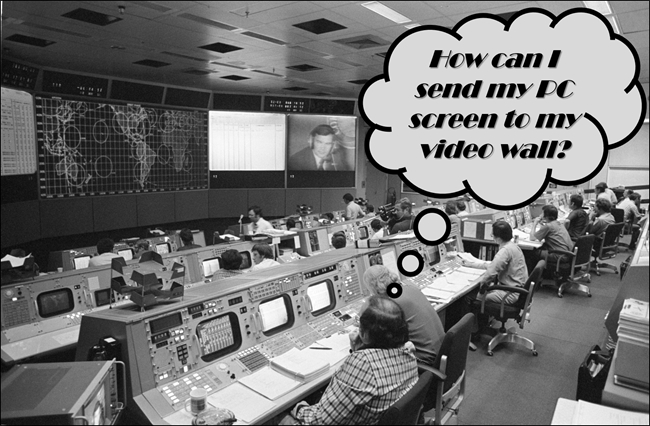
Hiperwall software powers the most cutting-edge video walls and distributed visualization systems today and beyond. It future-proofs your video wall because it’s hardware agnostic and can be assembled with any brand of display, PC or network gear. With Hiperwall software you can design in new hardware technology, expand and change displays, and incorporate distributed visualization without buying new proprietary hardware. It just takes a simple upgrade to Hiperwall software.
Before you leap into specifying your video wall needs, ask these questions to be sure you can take your video wall beyond today’s needs:
- Do you plan, or might there be a future need, to expand your video wall?
- If so, what is the probable expansion plan? Even if you’re not sure, you need to think about new technology, increasing the number of displays, higher resolutions, distributed visualization, adaptability, flexibility, and scalability.
- Can expensive proprietary video wall solutions be used for future expansion and upgrades or is affordable commercial off-the-shelf (COTS) equipment driven by software a more viable solution?
- Is updating the video wall software easy and affordable?
- Is usability and time for training an issue?
These are just a few questions one must consider in specifying a video wall. Hiperwall software’s future-proofing is based on the fact that it is not economically viable to replace each hardware component in the system when changes in technology or the network operation occur. System designers need to focus on the ability of a system to be reused, equipment replaced, and to be flexible enough to upgrade as needed.
As Alan Brawn, principal with Brawn Consulting, wrote in his article, “Future Proofing Your Digital Signage?” published in Digital Signage Best Practices Guide, “…future proofing a system is about digging a little deeper up front in planning and really doing your due diligence. The age-old axiom is true: ‘Do not be penny wise and pound foolish’.” Everyone loves saving money, cutting back, and reducing expenses. However, while you’re reducing costs now, also consider a solution that allows you to save money in the future.





